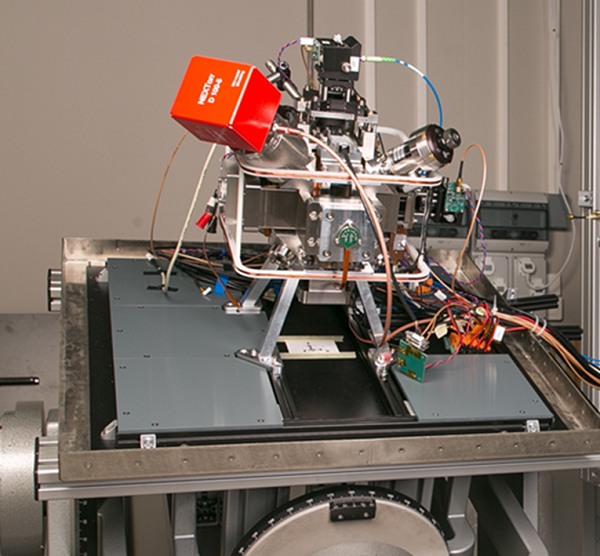On the Path to a Drift-Free Quantum INS
Exail has demonstrated the first 3-axis quantum inertial sensor, developed at the iXAtom laboratory, a research team the company shares with the Laboratoire Photonique Numérique & Nanosciences (LP2N) laboratory at the CNRS Optics Institute Graduate School at the University of Bordeaux.
The instrument allows the continuous tracking and measurement of acceleration in three dimensions, in any orientation. This is an important step towards development of a drift-free inertial navigation system (INS) exploiting the quantum advantage, and could completely overcome the need for navigation systems to recalibrate using external signals such as GNSS.
An INS sensor must provide continuous signals at high rates, maintaining accuracy and sensitivity over long periods. Quantum sensors are extremely accurate and robust, but have inherent dead time during measurement, exhibiting a reduced operating dynamic. By combining these two technologies – and the respective expertise of the two partners – the iXAtom team has developed the first hybrid, multidimensional quantum inertial sensor. It provides a continuous signal at the rate (bandwidth) of the classical sensor, but with an accuracy 50 times greater, thanks to in situ and real-time calibration provided by quantum measurement.
To develop this sensor, the iXAtom team used atoms cooled to a few millionths of a degree in free fall within a vacuum chamber. These atoms form an inertial reference that is compared, by atomic interferometry, to the movement of three reference mirrors defining the three orthogonal directions of a triad of laser beams used for the measurement. On each mirror, a mechanical accelerometer is rigidly fixed to facilitate the hybridisation. This is the first quantum sensor that does not require precise alignment according to a predefined measurement direction, since it determines the direction of the measured acceleration by itself.

























